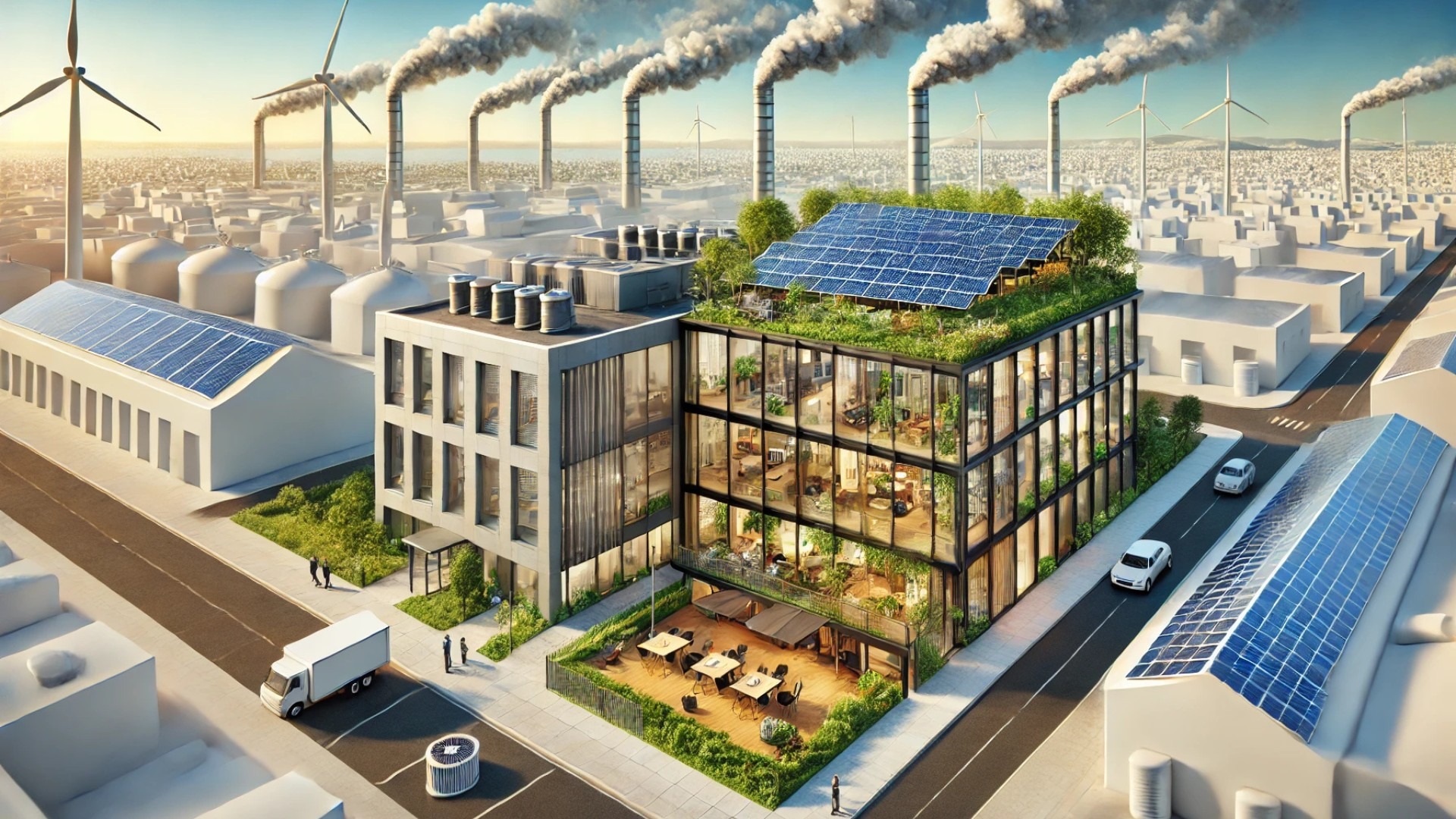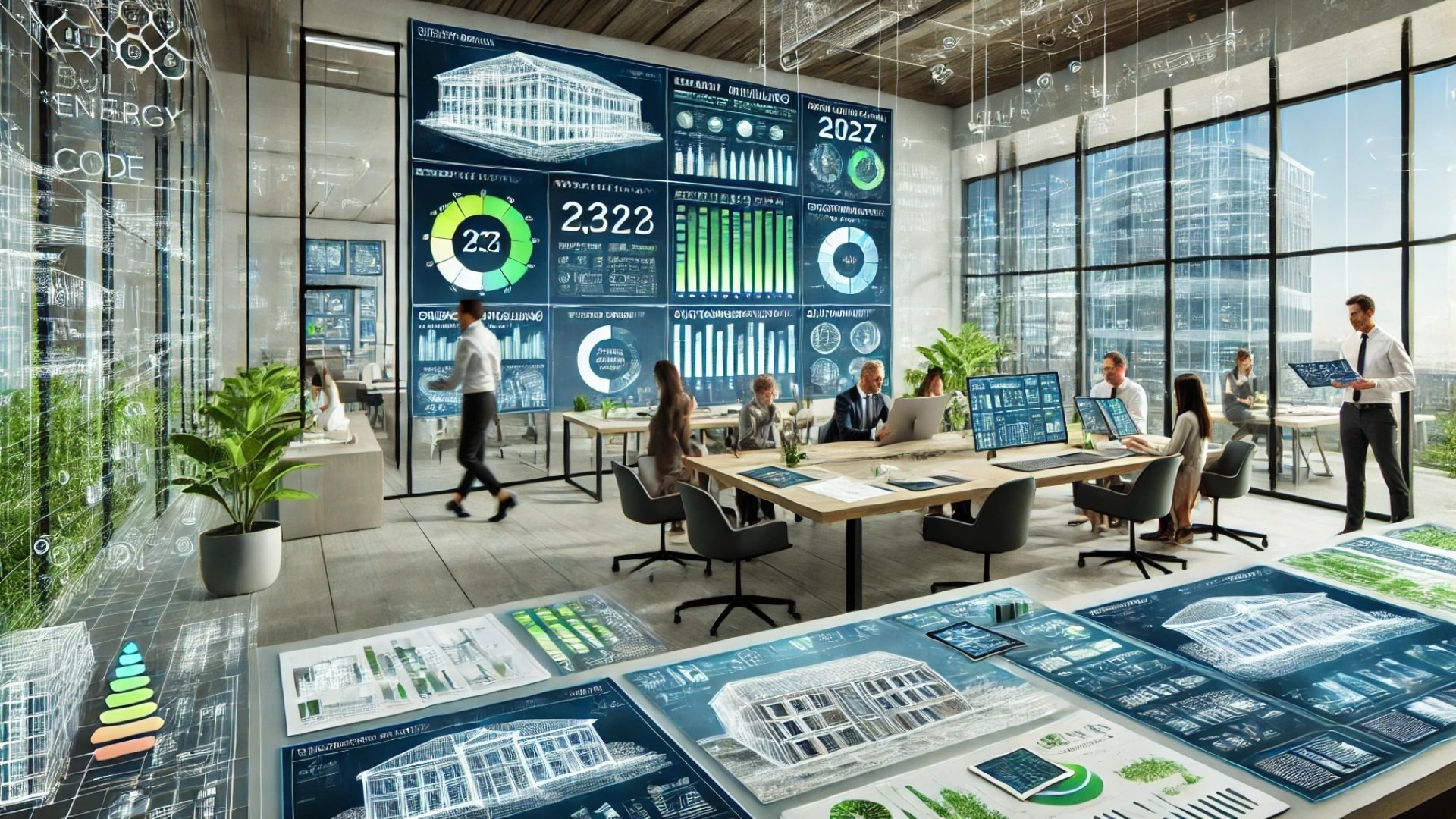
Understanding Operational Carbon and Fuel Sources
In today’s climate-conscious world, the relationship between operational carbon emissions and the type of fuel sources used in buildings is more critical than ever. Operational carbon refers to the emissions released during the day-to-day operations of buildings, which heavily depends on the energy sources employed. With the increasing push for sustainability, understanding this relationship helps in making informed decisions for construction and renovation projects.
Why Fuel Source Matters
Fuel sources are not just a practical consideration; they play a pivotal role in the overall carbon footprint of a building. For instance, traditional fossil fuels like natural gas and heating oil are known for their high carbon emissions. In contrast, renewable energy sources such as solar and wind significantly reduce operational carbon. This awareness is driving a trend towards sustainable luxury in the building industry, emphasizing not just aesthetics but also ecological responsibility.
The Shift Towards Renewable Energy
As stakeholders in the construction industry become more proactive about climate change, many are shifting towards renewable energy solutions. Integrating solar panels, geothermal heating, and biomass systems can drastically cut operational emissions. The long-term investment into these technologies offers a dual benefit: enhancing the building's value and sustaining environmental stewardship.
Analyzing Return on Investment
One crucial aspect often discussed in roofing and building projects is the return on investment (ROI). Incorporating sustainable technologies not only reduces energy costs but also elevates property values in a market increasingly stricken by eco-conscious buyers. Analyzing ROI in relation to operational carbon can transform how properties are built and maintained, as properties that prioritize sustainability can lead to lower operational costs and increased desirability.
Best Practices for Reducing Operational Carbon
To effectively reduce operational carbon emissions, building owners and construction leaders must adopt best practices, including:
Implementing smart building technologies that optimize energy use.
Regular maintenance of existing energy systems to ensure efficiency.
Choosing low-carbon materials wherever possible.
These practices not only minimize the carbon footprint but also foster a culture of sustainability in construction and renovation projects.
Conclusion: Taking Action Towards a Sustainable Future
Understanding the connection between operational carbon and fuel sources paves the way for a more sustainable building industry. Stakeholders must prioritize renewable fuel sources, analyze ROI relative to carbon emissions, and adopt best practices in maintaining energy efficiency. The future of construction lies not just in aesthetics but in the degree of responsibility we show towards our environment.
 Add Row
Add Row  Add
Add 




Write A Comment